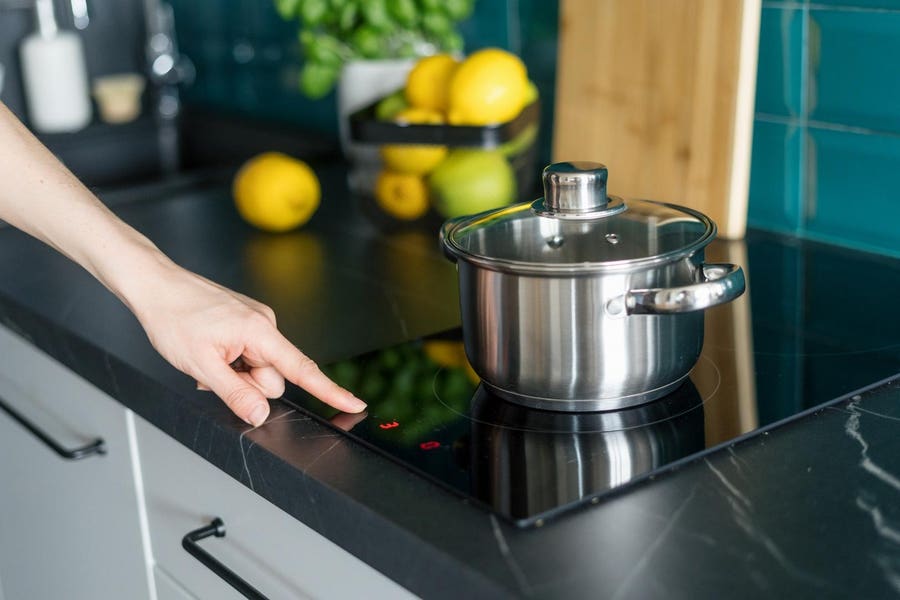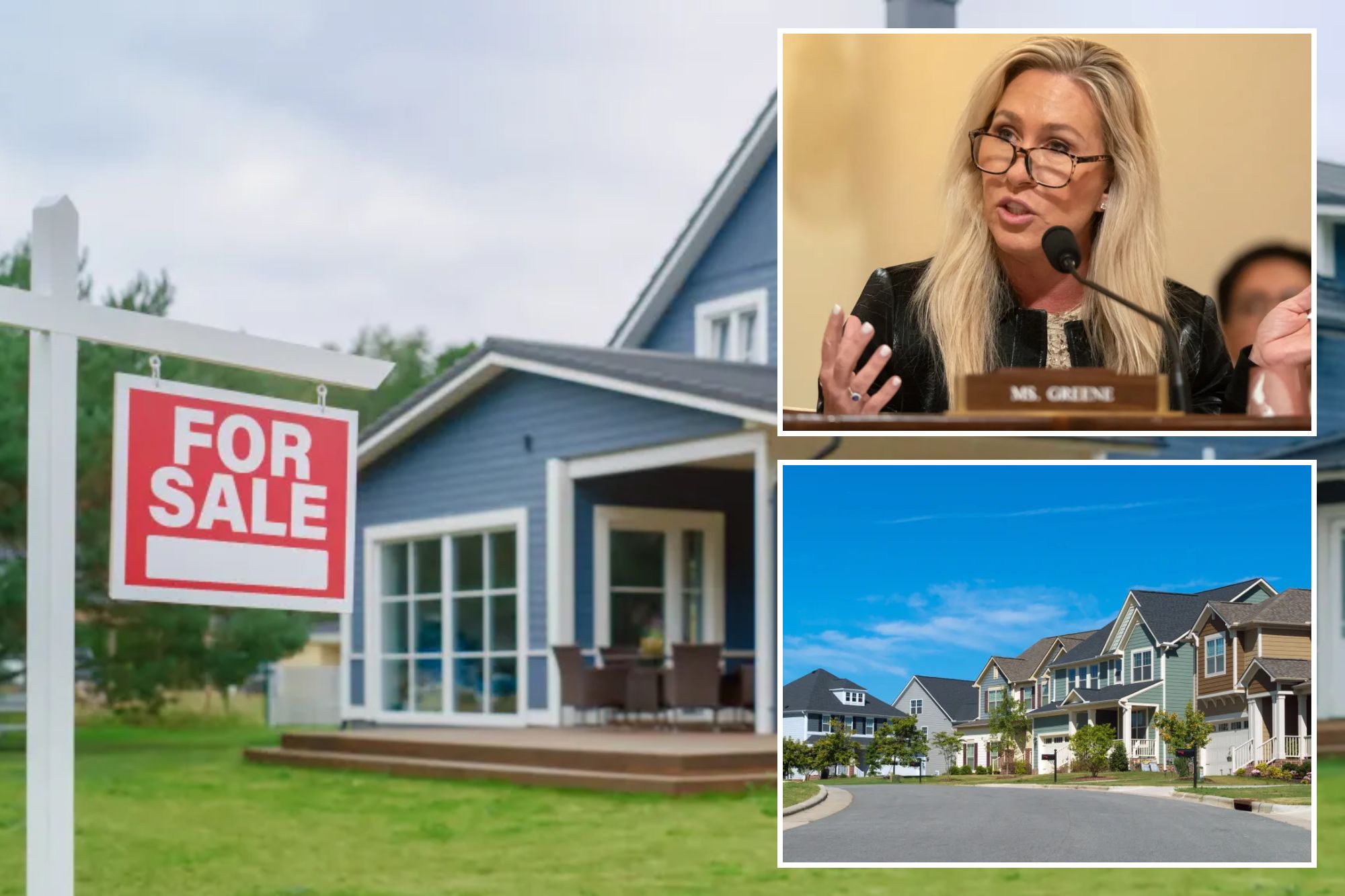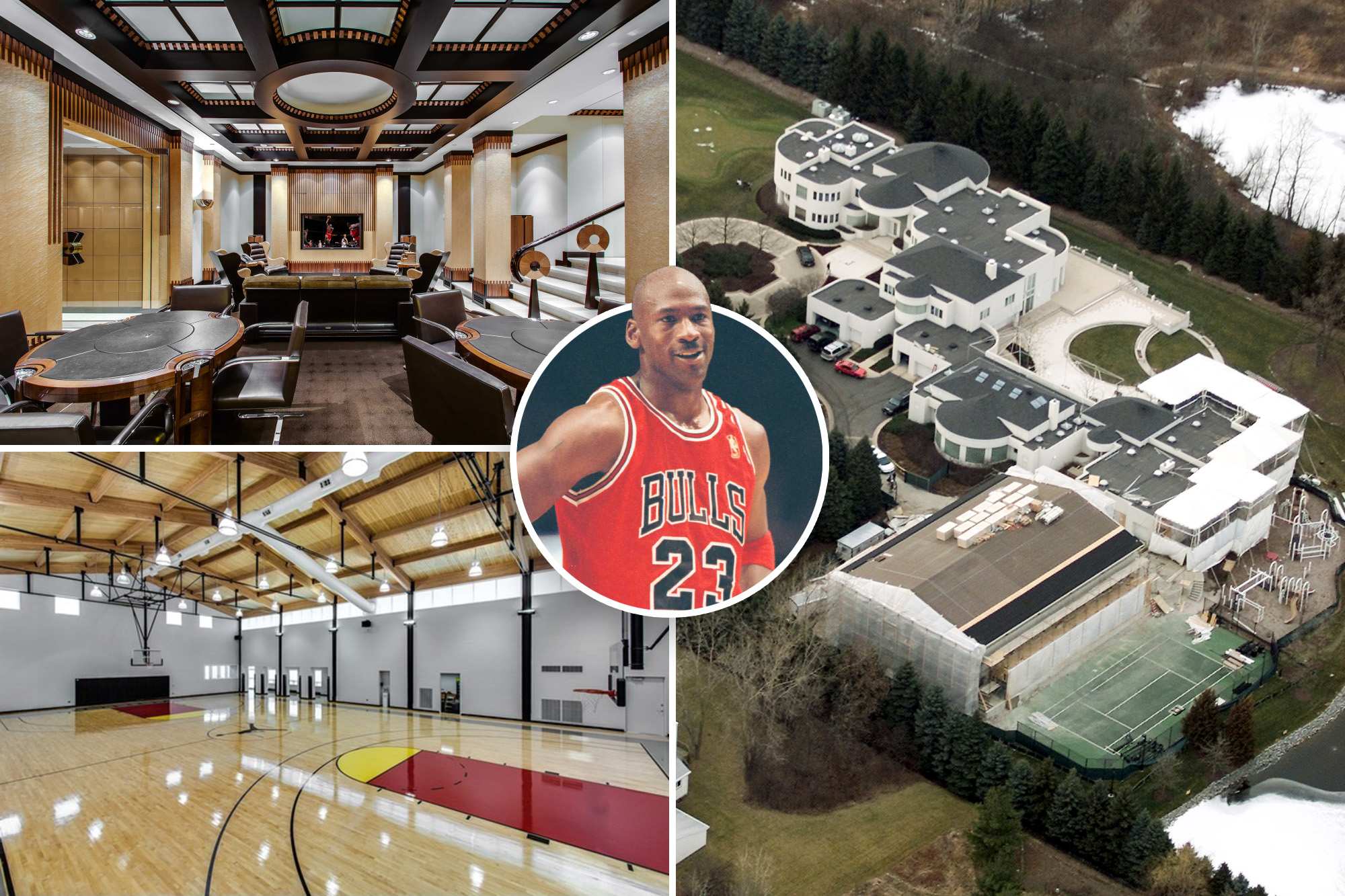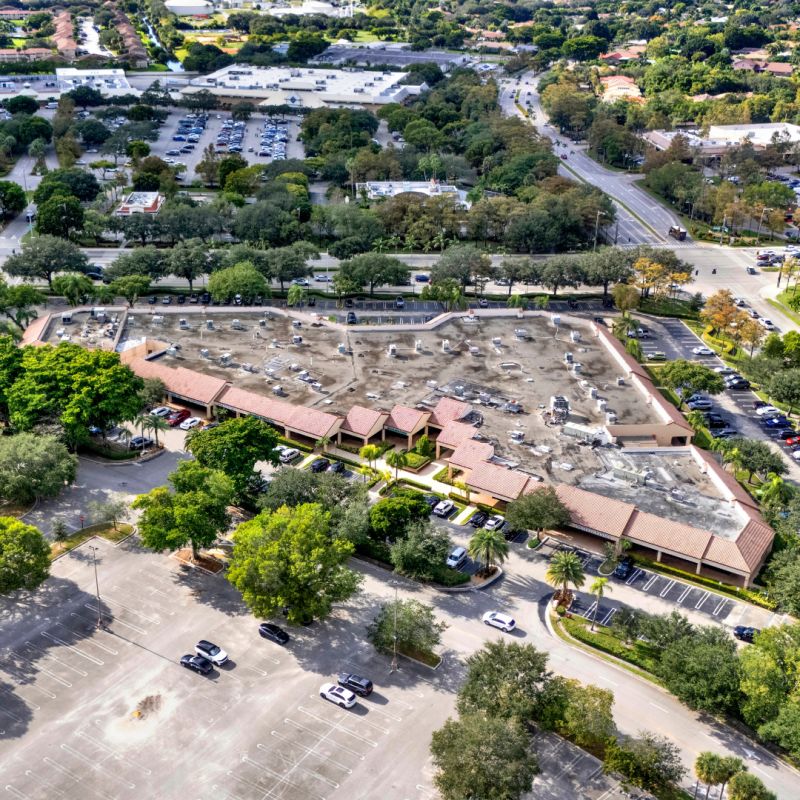D
uring the COVID‑19 crisis, the link between our homes and health became unmistakable, echoing the 1918 Spanish flu that spurred design changes like subway tile and sleeping porches. A 2020 viral saying—“we’re in the same storm, not the same boat”—highlighted how inadequate ventilation and water access in many U.S. homes posed serious risks, especially for vulnerable groups such as Native Americans. The Global Wellness Institute (GWI) now argues that wellness real‑estate is not a luxury but a necessity, with new case studies underscoring its social and economic benefits.
GWI examined 13 projects in the U.S. and U.K., ranging from single‑family houses to large mixed‑use developments. Fox Point Farms in Encinitas, California, features 250 homes and a working farm that “build healthier food environments” and “embrace nature’s benefits.” In Orange County, Rancho Mission Viejo offers 14,000 residences and 75 % open space, promoting “climate adaptation, resilience, and thriving in aging.” The Picket Fence “concept house,” created by DAHLIN for the America at Home Study, demonstrates how affordable, sustainable urban homes can incorporate “innovations to improve construction, earth‑friendly materials, and healthy living for all income levels,” while also showcasing modular construction and renewable‑energy integration.
Key insights from the report show that wellness‑focused design is moving beyond niche markets into mainstream residential and mixed‑use projects. This trend is evident in affordable housing options for first‑time buyers, such as the South Texas townhouses priced at an average of $224,900, and in community‑based housing cooperatives that embed wellness principles. Sustainable architecture—energy‑efficient systems that improve indoor and outdoor air—supports both planetary health and human well‑being. Beyond physical health, the studies emphasize mental, social, and environmental wellness. Design strategies now aim to reduce everyday stressors, foster community ties, and create shared indoor and outdoor gathering spaces. One highlighted initiative requires residents to sign a “kindness pledge” before purchasing, encouraging neighborly engagement and a sense of belonging. Mental wellness also includes quiet zones, nature views, and biophilic elements that ease daily friction.
Financial wellness is a recurring theme. With rising housing costs, many projects address affordability, recognizing that economic strain undermines overall health. GWI identifies unmet opportunities such as climate resilience, sustainable living, streamlined construction, increased supply, and inclusive urban regeneration. These elements aim to extend “healthspans”—the years people live actively and healthily—and support aging populations. Rent‑to‑own models, subsidies, and zoning incentives are among the tools used to make wellness housing financially viable.
GWI concludes that the built environment is foundational for healthy lives. When designed for wellness, real‑estate can reduce environmental health risks, promote healthier habits, and expand access to wellness resources for the most vulnerable. From my two decades in wellness design, I’ve seen innovations—like bidet features and circadian‑lighting—originating in custom homes and rapidly entering mainstream production and retail. Wellness design is no longer an exclusive luxury; it is becoming accessible to all.














